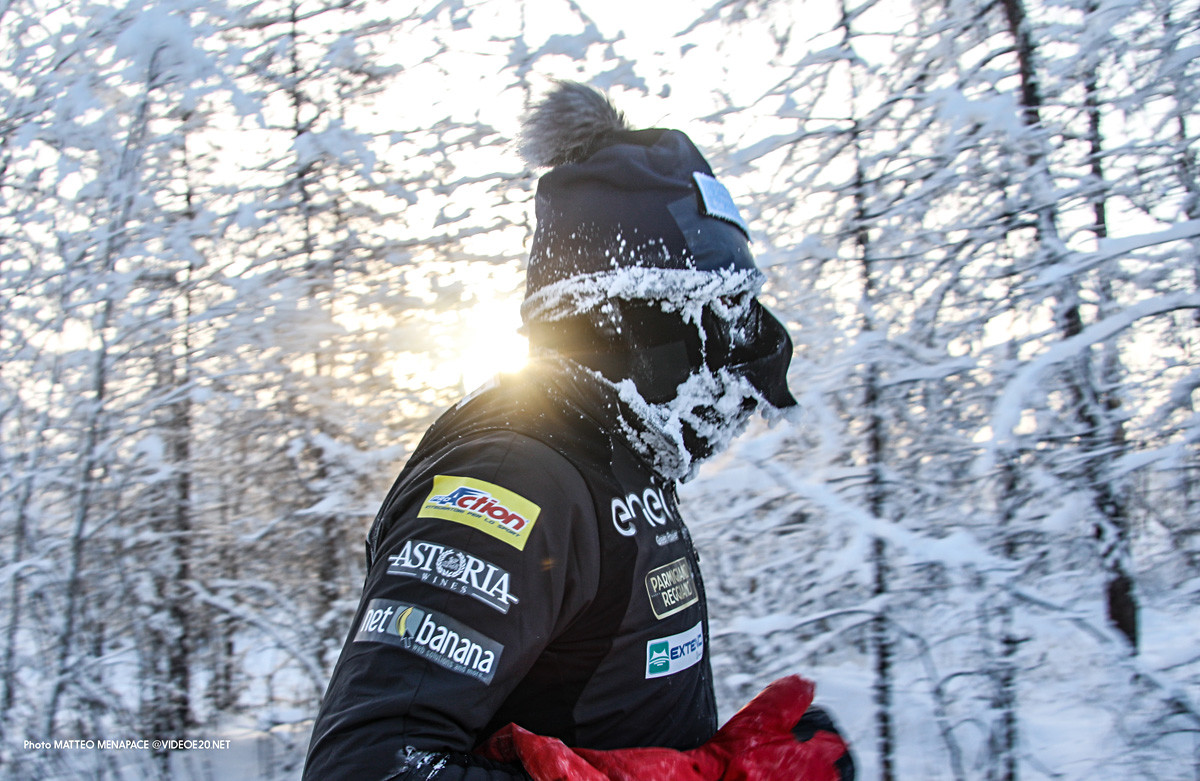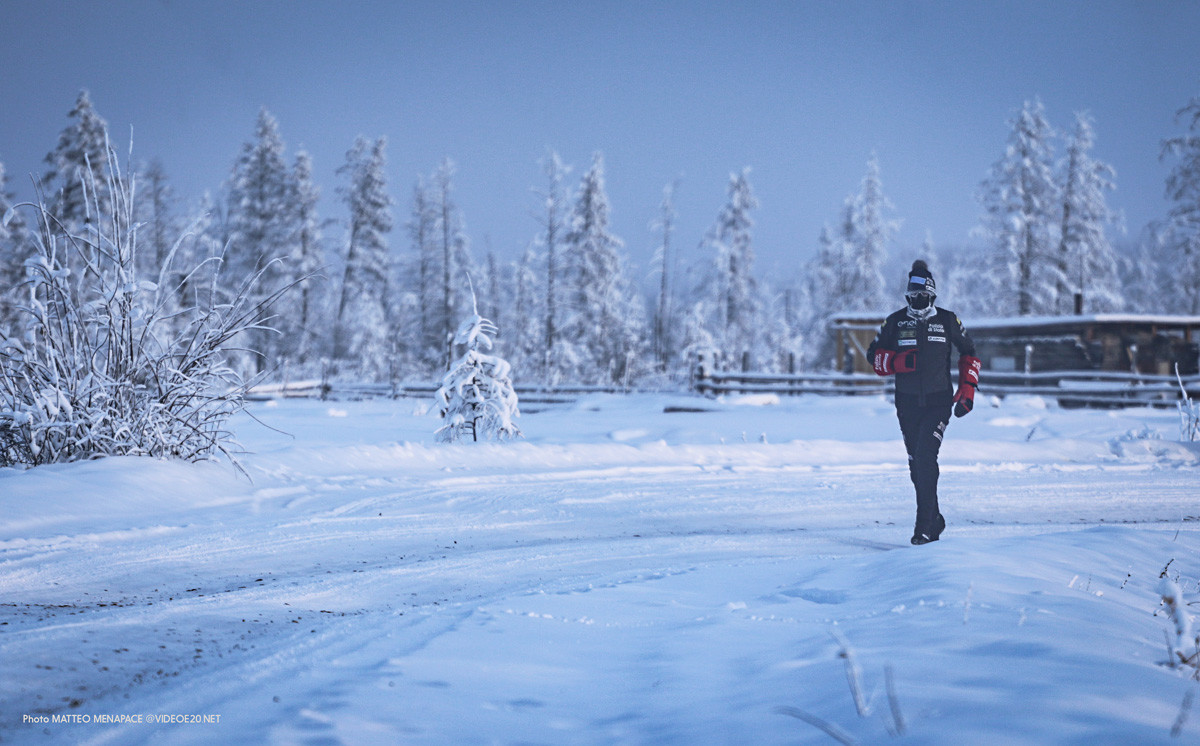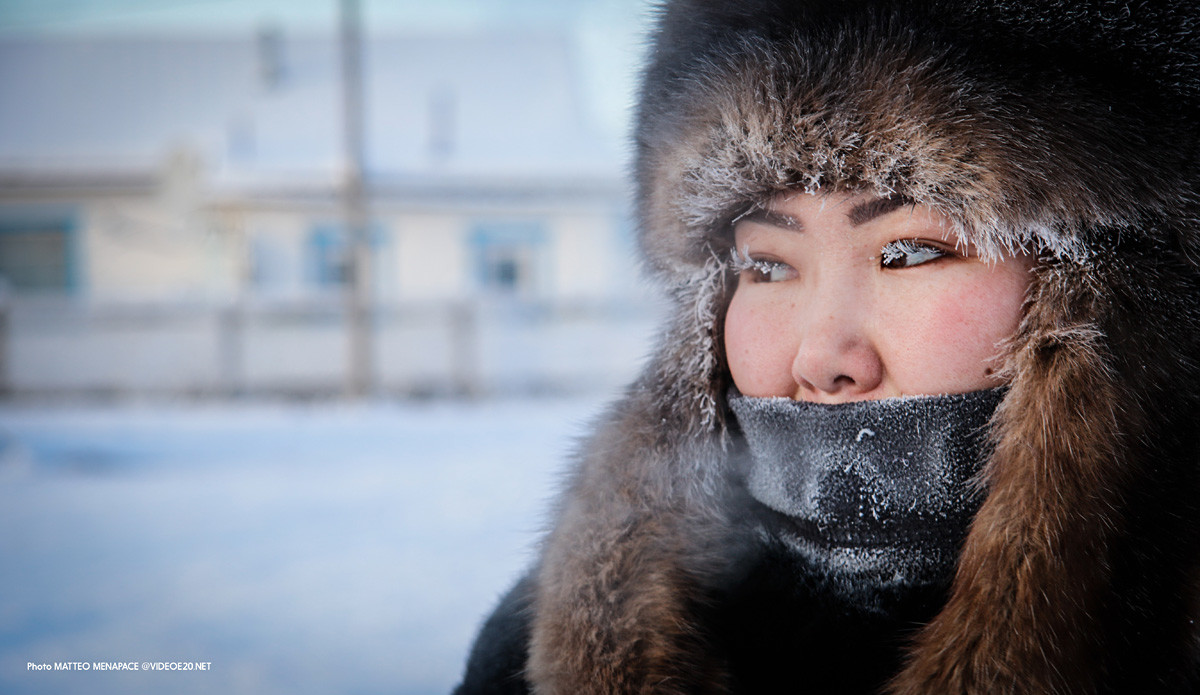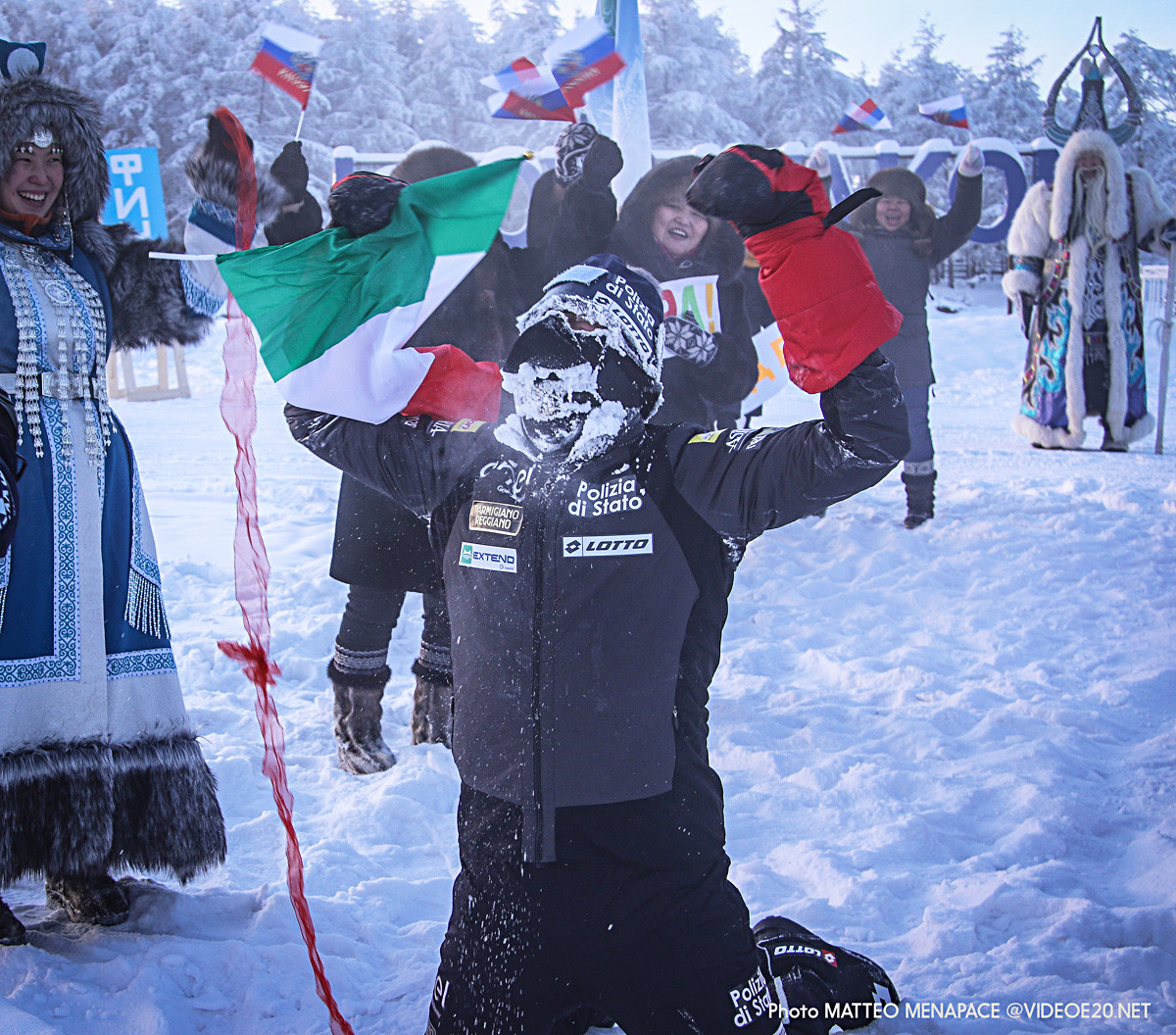How an Italian marathon runner braved bone-chilling temperatures in Russia’s Yakutia
On Jan. 20, after three hours, 54 minutes, and 10 seconds in -52°C he finally reaches his destination. His eyelashes are frozen and he can feel the ice piercing through six layers of clothes. Paolo Venturini is his name and he’s a 50-year-old police officer-cum-marathon runner from the Italian city of Padova.

From one extreme to another
Traveling to Yakutia wasn’t a rash decision for Paolo. He started running at the age of seven and has never shied away from tough challenges. After spending most of his career organizing complex police rescue operations he knows what it takes to get the job done, even if it means running through a Siberian wilderness in the depth of winter.
In 2017 he ran a marathon in Iran’s Lut Desert and another through the Gandom Beryan plateau, considered the hottest place on the planet. In 67°
After pushing his body to the limit in such extreme heat it’s no surprise Paolo decided to head somewhere cold for his next challenge. After reading about the “Pole of Cold” he spent 18 months preparing for his next project, designing special equipment himself and putting together a team to support and film his “Monster Frozen” project, which has the backing of both the Russian and Italian governments.
“The authorities of Yakutia have played a vital role in realizing the whole project and making sure it was a success,” Paolo said. “I studied all the technical material for a year and a half, and asked people who live in these temperatures for some ‘tricks’ to help protect me from the cold.” The Italian journeyed to Yakutia twice before running the marathon to make sure he was fully prepared

How to keep warm in the coldest place on Earth
Paolo warns inexperienced and unprepared runners against attempting the same feat, but with determination, a large support team, and the right gear he’s shown that anything is possible.
“Wind cools the body down so it’s vital to wear clothes with wind-blocking properties. The best material is merino sheep’s wool - it locks in warmth even when it’s wet. I had three layers of clothes made of it for my run,” he explains

It’s important to keep your head, arms, and legs warm. Avoid drinking alcohol while braving freezing temperatures -
From Padova to Yakutsk

Even though the

Monster Frozen / Matteo Menapace
If using any of Russia Beyond's content, partly or in full, always provide an active hyperlink to the original material.
Subscribe
to our newsletter!
Get the week's best stories straight to your inbox